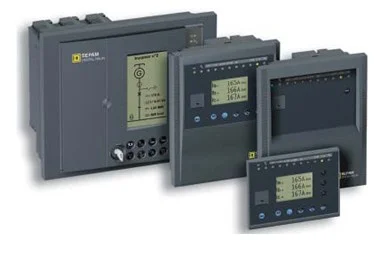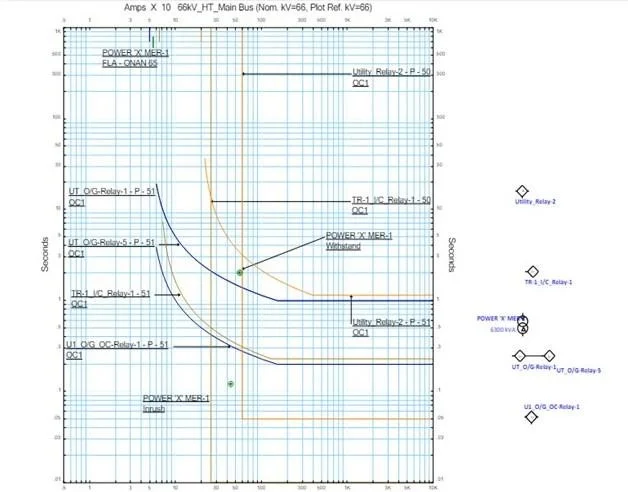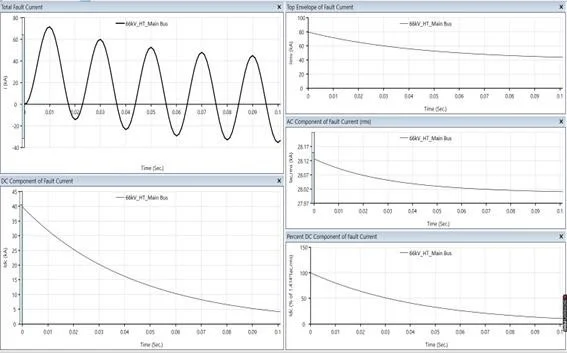Relay Co-ordination Study
Relay Coordination: Ensuring Reliable Protection, Selectivity, and System Stability
Relay coordination is a critical aspect of power system protection, ensuring the reliable and selective operation of protective devices. A well-designed relay coordination study minimizes downtime, prevents cascading failures, and enhances system stability.
Key Aspects of Relay Coordination Study:
Protection System Analysis
Evaluating the network to ensure proper coordination between protective relays, circuit breakers, and fuses.
Time-Current Characteristics (TCC) Analysis
Designing settings to achieve selective tripping while maintaining system reliability.
Short-Circuit Analysis
Identifying fault currents to set relay thresholds accurately.
Grading & Discrimination
Ensuring upstream and downstream relays operate in a sequence that prevents unnecessary outages.
Report and Presentation
Adhering to IEEE, IEC, and other regulatory guidelines for optimal system protection.

Reference Standards for Motor Acceleration Study
- IEEE 242 (Buff Book): Protection and coordination of industrial and commercial power systems.
- IEEE 399 (Brown Book): Power system analysis, including coordination and protection studies.
- IEEE 1584: Guide for arc flash calculations, essential for relay setting considerations
Benefits of Relay Coordination
- Improved system reliability and reduced equipment damage.
- Minimized nuisance tripping and operational disruptions.
- Enhanced safety for personnel and infrastructure.
- Optimized protection settings for better fault isolation
How to Carry Out a Relay Coordination study
Before starting the relay coordination process, it's important to understand the system's behaviour:
- Load Flow Analysis: Study the flow of electricity within the system to understand how power moves.
- Fault Analysis: Calculate the fault currents at various points in the system, determining where faults are most likely to occur.
Protection zones need to be established for different equipment:
- Protection Zones: Identify which areas and equipment need protection, such as transformers, feeders, and circuits.
- Relay Selection: Choose the appropriate relays for each protection zone, such as overcurrent, distance, or differential relays.
Relay settings ensure that they operate under the right conditions:
- Pickup Settings: Adjust relays to detect faults by setting the correct pickup values above normal operating levels but below fault levels.
- Time-Current Curves: Select the type of relay curve (e.g., inverse time) to determine how long the relay will wait before responding to a fault.
- Time Delays: Set the delay times to ensure proper relay coordination, ensuring relays act in the correct sequence during faults.
Coordination ensures the right relay trips at the right time:
- Primary Protection: The closest relay to the fault should trip first, ensuring the fault is isolated quickly.
- Backup Protection: Relays further downstream should be set with a time delay to only trip if the primary relay fails or doesn’t respond in time.
- Selectivity: Properly coordinated relays should limit the scope of faults, ensuring only the affected parts of the system are isolated.
Once the settings are established, it’s time for simulation and testing:
- Simulation: Use simulation software to test how the system will behave during faults, making sure the relay coordination works as intended.
After successful testing, finalize the settings:
- Set the Final Values: Suggest settings based on Simulation results and confirm the final relay settings.


